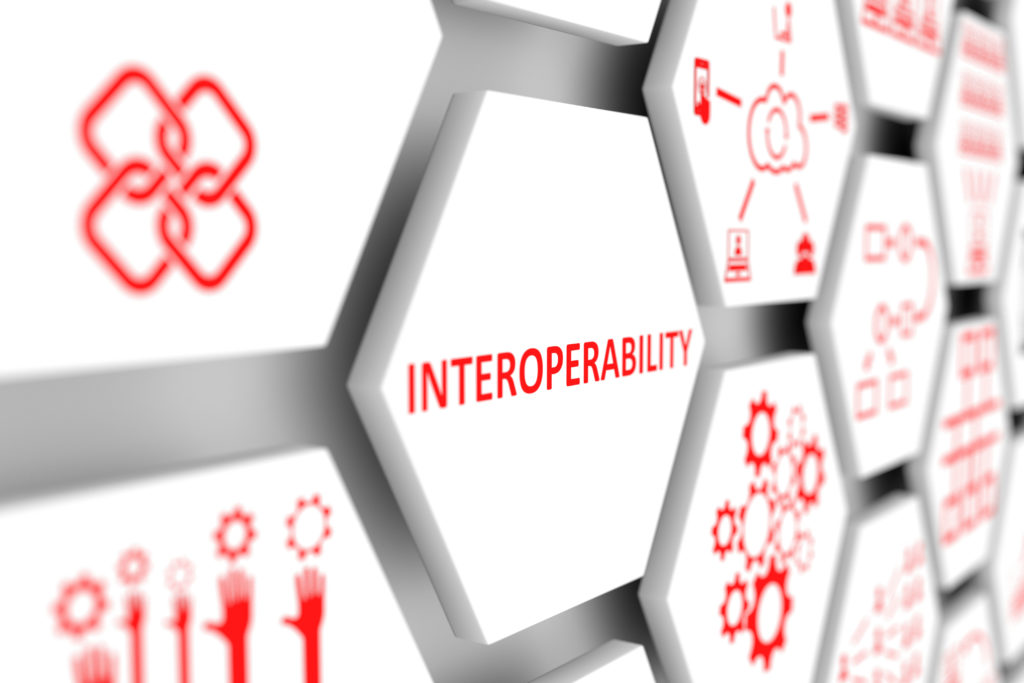Improving provider-payer interoperability to drive meaningful collaboration
Industry players need to evolve beyond mere data exchange to achieve activation, which can support a transition that achieves improved patient outcomes.

The interoperability of healthcare data has been an issue ever since the first EHR was installed. The problems are particularly acute in the provider-payer exchange of patient records, which are still mired in excessive and unnecessary cost, complexity, deficient quality, delays and methods that can compromise privacy.
Improving this process and driving down costs requires combining technical interoperability with accuracy, precision, and control — enabling high-quality, actionable data to reach the right hands at the right time, while enabling the provider to manage and regulate what data is securely shared.
According to KLAS Research, “Health systems face a growing list of use cases that require clinical data (such as risk adjustment, quality improvement, care management, payment integrity and forecasting). Historically, health systems have delivered this data via heavily manual, time-consuming processes, including fax, paper, CDs, portals, on-site retrieval and phone calls. However, the increase in requests has made these processes difficult to sustain.”
Although progress is being made, clinical data exchange requires a complete reconfiguration where the needs of the patient come first, and providers and payers move beyond data exchange to data activation. This shift will reduce friction, lower administrative costs and improve outcomes.
Emerging requirements
Payers increasingly need clinical data from providers to run their business. Clinical data helps payers better manage risk, improve quality, process claims and authorizations, inform programming, and support value-based care.
Unfortunately, many patient records cannot be automatically exchanged between EHRs and the solutions used by payers. The increase of medical record requests to providers from payers is growing 20 percent to 30 percent per year, and NCQA is pushing for all HEDIS measures to be digital by 2027.
Even so, hospitals still are sending millions of patient records — needed by payers, other providers, the government and patients — by fax or, even worse, by mail or unprotected email attachments.
Using these antiquated approaches costs the healthcare system $25 billion a year, according to the Council for Affordable Quality Healthcare (CAQH). These unnecessary costs stem from thousands of hours of manual extraction and transmission of records, typically requiring hospitals to significantly increase staffing to meet such requests and spending billions on printing, faxing and mailing records.
Extracting, on average, four patient records per hour with manual methods means it’s challenging for providers to keep up with request surges during HEDIS and Medicare Risk Adjustment seasons. It’s also difficult to maintain control of data, reduce staff burnout and lessen payer-provider abrasion.
However, CAQH does note that electronic transfer of records has made tremendous progress and is currently saving the healthcare system $187 billion per year. But that just isn’t enough.
More progress needed
Notably, 64 percent of acute-care hospitals reported that exchange partners’ HIT systems lack the capability to receive data, according to a report by the Office of the National Coordinator for Health Information Technology (ONC). And according to a study by a healthcare records industry trade group, chart retrieval costs an average of $18 per chart. The same study estimated that for an approximate 98 million patient record requests per year, the cost to the healthcare system was nearly $1.8 billion. Additionally, with increasing access to electronic records, both payers and providers face a deluge of unactionable data.
To meet these challenges, we need a smarter way to securely share and activate data to drive deeper, more meaningful value for effective stakeholder collaboration. The ideal solution puts the patient first by prioritizing privacy to ensure that only the minimum necessary data is shared. It also embraces a vendor-neutral position, enabling a broad network not limited to one EHR or narrow networks, so all stakeholders in the healthcare ecosystem can participate.
Scalable clinical data exchange directly connects healthcare stakeholders and is purposely built to support multiple use cases. These include:
Health Information Management. The automatic release of information requests with speed and accuracy.
Revenue Cycle Management. Driving shorter revenue cycles, optimizing resources and reducing administrative costs.
Managed Care. Improving payer relations by delivering the data that payers need, when and how they need it.
IT/Compliance. Future-proofing clinical data strategies to scale and drive efficiencies.
Connecting and configuring data to enhance the value and portability also facilitates more effective communication and collaboration between payers and providers to improve both the quality and timeliness of care. For example, payers can help close care gaps by sharing insights within the clinical workflow at the point of care, where clinicians can see and act on them.
Recipes for success
While challenges persist, progress is being made. KLAS recently highlighted payer-provider success stories in its 2023 Points of Light report, in which it noted that, “Innovative partnerships between payers, healthcare organizations and HIT vendors have the potential to revolutionize healthcare processes and outcomes.” The report highlighted 25 successful collaborations between payers, healthcare organizations and vendors.
However, more rapid and tangible progress in four fundamental areas is essential. First, addressing and improving the needs and experiences of patients must be prioritized, which means increasing the efficiency with which the industry manages claim handling, prior authorizations and other data-driven decisions that impact patient health and satisfaction. Second, the privacy of patient data is paramount, and ensuring only the minimum necessary information is shared is non-negotiable. Third, clinical data must be easily accessible to drive improved outcomes and precisely configured to activate valuable use cases. Finally, the technology and business processes exist to drive down the cost of record retrieval, optimize resources and improve financial outcomes.
Patient-centric, privacy minded, outcome driven solutions that contain costs are urgent needs. The time to act is now.
Eric Kijak is vice president of strategy for Moxe Health.